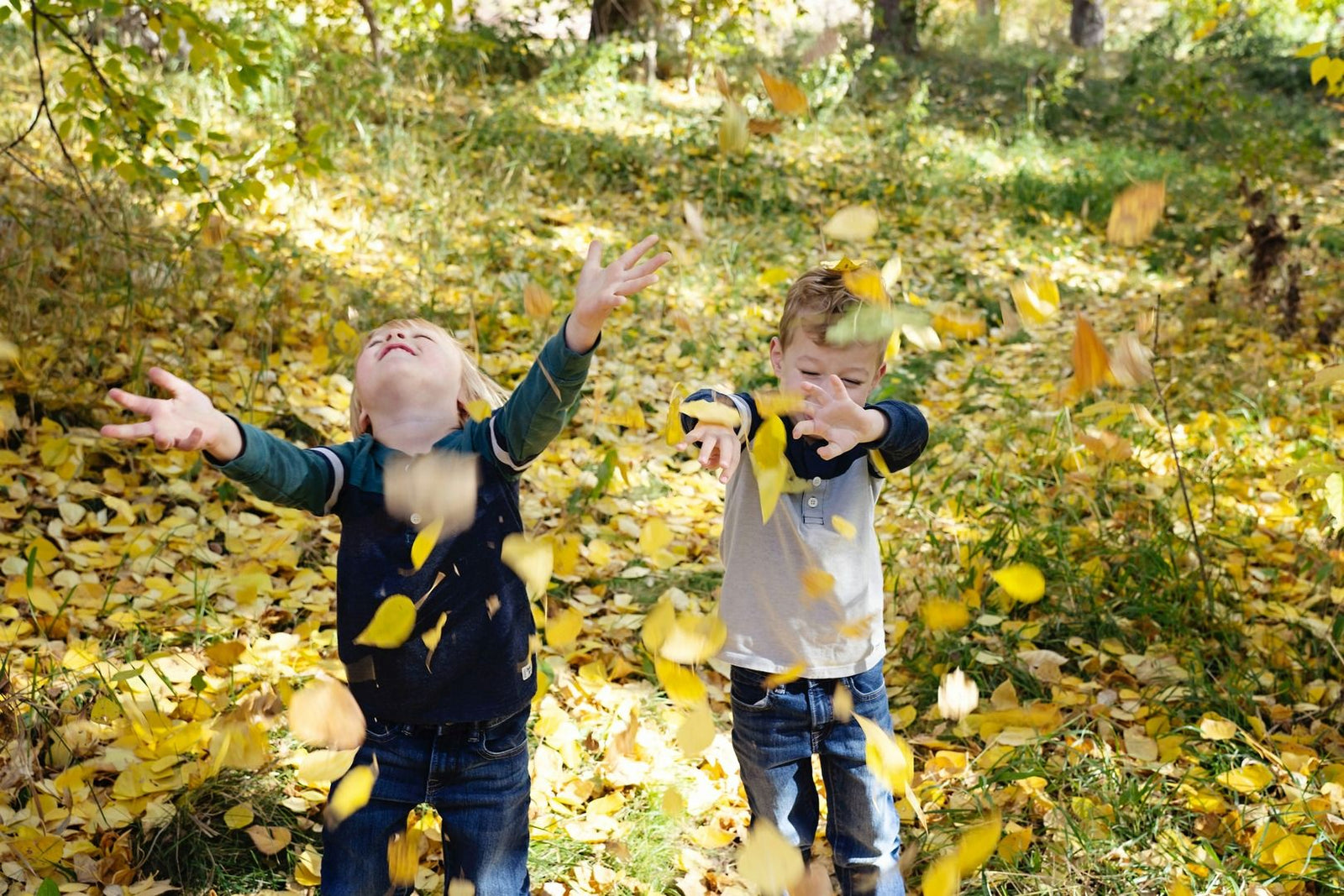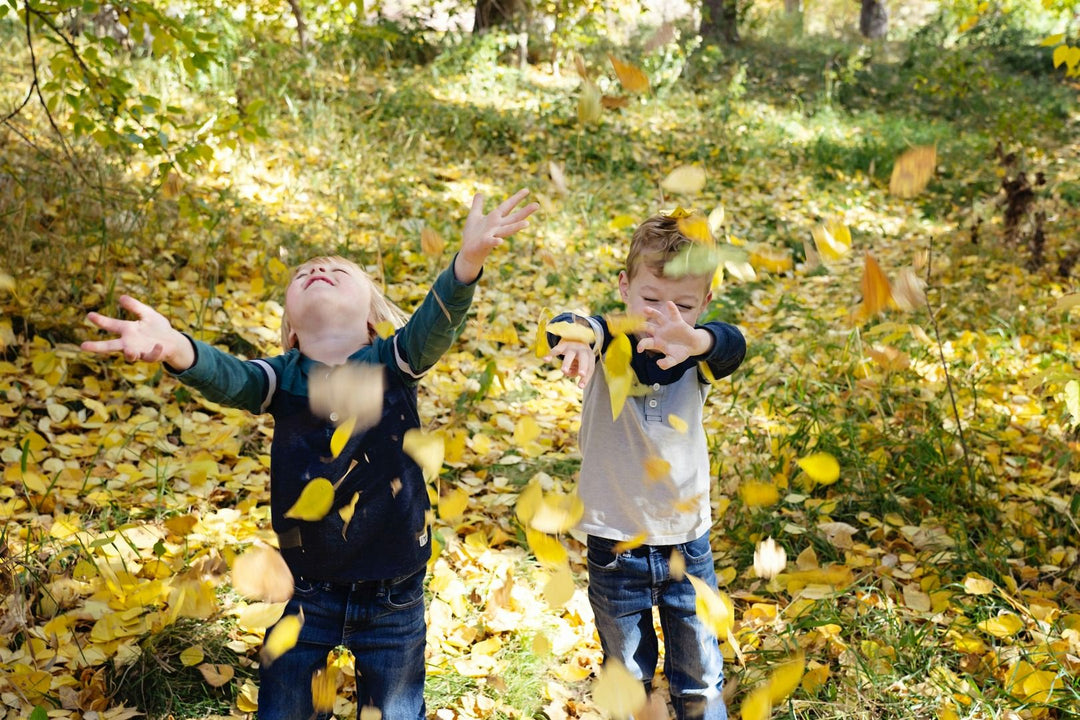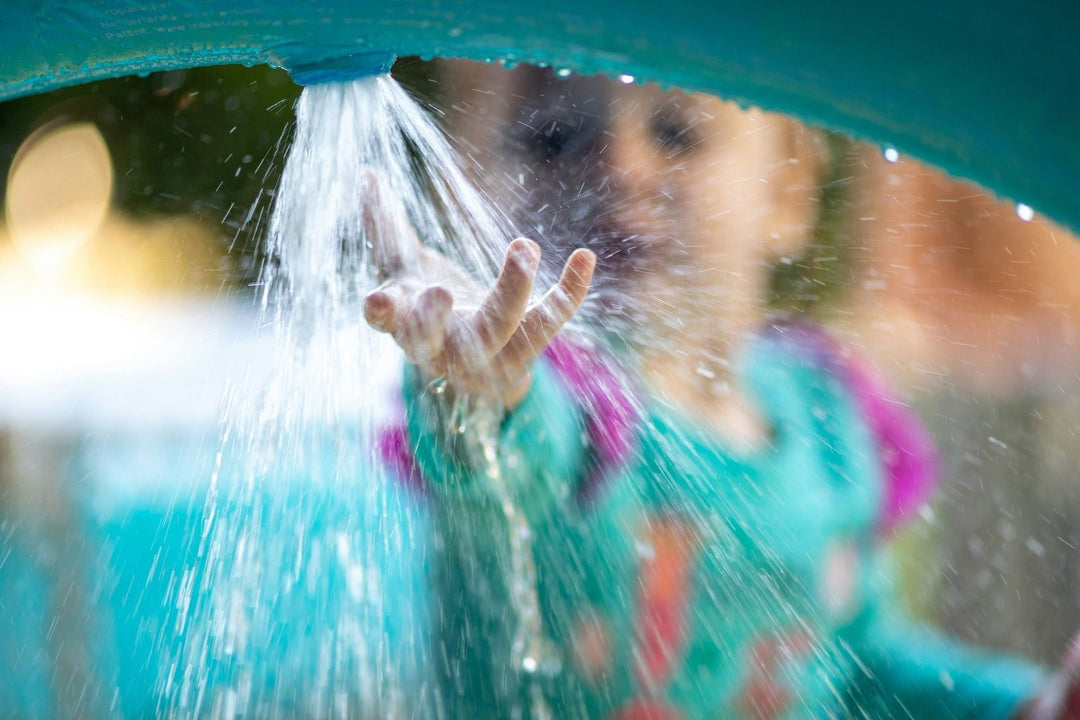Nature-Based Storytelling Ideas Using Natural Objects

Nature provides a boundless canvas for creativity and imagination, especially when it comes to storytelling. Using natural objects like leaves, stones, sticks, feathers, flowers, and seed pods, children can weave rich narratives that connect deeply with the environment around them. Storytelling outdoors ignites imagination, fosters a sense of wonder, and encourages children to observe and value the natural world.
This blog explores a multitude of engaging ideas for nature-based storytelling using natural objects—activities ideal for families, educators, and outdoor programme leaders in Australia, the USA, and elsewhere. These ideas emphasize imaginative play, oral traditions, creative expression, and multisensory experiences that avoid screens and paper in favor of hands-on learning and storytelling rooted in the outdoors.
The Power of Storytelling in Nature
Storytelling is one of humanity’s oldest, most powerful methods of learning and sharing wisdom. When combined with nature, storytelling becomes alive with sensory experiences, emotional connection, and authentic engagement.
-
Imagination is stimulated as children use found objects to represent characters, settings, and plot elements.
-
Observation skills deepen because children notice intricate details in nature to incorporate into their stories.
-
Emotional intelligence grows as children articulate feelings, challenges, and resolutions in stories inspired by the environment.
-
Oral language skills are nurtured, supporting vocabulary expansion, narrative coherence, and confident public speaking.
-
Connection to nature is strengthened, building empathy and a lifelong appreciation for the earth.
Following an oral tradition, nature-based storytelling also frees children from the pressure of writing and drawing, letting them craft stories with their voices and bodies, connecting more intimately to their immediate surroundings.
Getting Started: Preparing for Nature-Based Storytelling
Whether outdoors at a park, in the garden, or on a nature walk, preparation helps storytelling flourish:
-
Gather Natural Objects: Encourage children to collect a variety of elements—leaves, stones, feathers, pine cones, flower petals, bark, twigs—to serve as story props.
-
Create a Storytelling Circle: Arrange a small circle of cushions, logs, or stumps where children can comfortably gather.
-
Set the Stage: Choose a quiet, inspiring spot in nature free from distractions. Play soft natural sounds if available.
-
Start With Familiar Stories: Begin with traditional fairy tales or fables told with natural object characters and settings.
-
Invite Participation: Let each child add to the story using an object or role-playing to encourage collective storytelling.
-
Encourage Sensory Engagement: Ask children questions about the textures, smells, or sounds of their objects and surroundings to enrich story details.
Nature-Based Storytelling Ideas Using Natural Objects
1. Story Stones
Collect smooth stones and paint or draw symbols on them representing characters, places, animals, or events. Children choose a few stones and create a story inspired by the images. For example, a stone with a tree, a sun, and a rabbit can lead to a tale about a brave bunny’s adventure in a forest.
If painting is not preferred, use natural markings or glue leaves and flower petals onto stones to represent story elements. Story stones are portable, reusable, and perfect for spontaneous storytelling outdoors and indoors.
2. Leaf Characters
Select different leaves of varying shapes and colors. Kids craft characters by imagining personalities for the leaves. Adding twigs as arms or stones as eyes can enhance the characters.
Arrange the leaves on the ground or sticks and weave a story about the “Leaf Kingdom,” where the leaves face challenges like wind storms or meet new friends like insects. This activity encourages creativity and offers ecological insights about leaf types and roles.
3. Stick Puppets and Shadow Stories
Use twigs and attach leaves, feathers, or flower petals to make simple puppets. Attach a leaf for wings, a feather for a tail, or a flower as a hat.
Children use the puppets in storytelling circles or create shadow plays by shining natural light or a flashlight against a surface, casting stick puppet silhouettes. Story themes can revolve around woodland creatures, magical forests, or animal adventures.
This hands-on craft combined with performance builds fine motor skills and narrative confidence.
4. Nature Mandala Tales
Mandala creation involves arranging natural elements in symmetrical, circular patterns. Children collect stones, petals, leaves, and sticks to design a mandala on the ground.
Each section or ring can symbolize parts of a story, such as a hero’s journey through seasons, colors symbolizing emotions, or the growth of a community in harmony with nature. After the mandala is created, children tell stories inspired by it, describing what each segment represents.
This visually expressive storytelling nurtures focus, mindfulness, and symbolic thinking.
5. Feather Quills and Oral Storytelling
Gather feathers for children to hold as “magic quills” while telling stories aloud. Instead of writing, children narrate stories inspired by natural objects around them.
Each feather may represent a different story theme—adventure, friendship, or mystery—prompting imaginative oral storytelling. This practice builds verbal fluency and comfort with public speaking in a natural, supportive setting.
6. Seed Pod and Pine Cone Tales
Seed pods and pine cones, with their complex shapes and textures, make excellent tactile props for stories. For example, pine cones can be dragons with spiky scales, while seed pods can become magical keys or treasure chests.
Children can invent stories involving quests, magic, and discovery around these natural treasures. Sharing stories in rounds or pairs encourages listening and cooperation.
7. Nature’s Soundtrack Storytelling
Incorporate natural sounds as story elements. Children collect objects to represent sounds in a story—crunching leaves for a forest path, sticks tapping for footsteps, water splashing for a river.
Encourage children to mimic or create sounds as they narrate, turning storytelling into a multisensory performance. This approach enhances auditory skills and deepens imaginative immersion.
8. Flower Petal Messages
Children collect flower petals and arrange them to spell words, write secret messages, or decorate story scrolls made of bark or large leaves.
They can use petals to describe settings, emotions, or gifts within their stories, blending natural art with narrative creativity. Photograph or preserve these arrangements as keepsakes of their storytelling process.
9. Bark Books and Nature Narratives
Use flat pieces of tree bark as pages for storytelling. Children can draw simple pictures using natural dyes or charcoal, or press leaves onto the bark.
Turn the bark pages into a “storybook” with tales inspired by the surrounding environment—animals that live in trees, seasons changing, or mysteries hidden in the forest. This durable, natural “book” supports eco-friendly creative writing.
10. Shadow and Silhouette Nature Tales
Use the natural sunlight filtered through trees to cast shadows on the ground or trunks. Children use their bodies, sticks, or leaves to create shapes and shadows.
Invite them to invent stories about these shifting silhouettes—perhaps a fairy dancing, a bear prowling, or a hidden cave. The moving shadows add dynamic visual interest, inspiring spontaneous tales.
Group Storytelling Activities with Natural Objects
Storytelling Circle with Passing Object
Children sit in a circle and pass a natural object, such as a pine cone or leaf. The child holding the object continues or adds a new part to the story.
Pass the object around several times creating a collaborative, evolving narrative that showcases everyone’s creativity. This activity improves sequencing, listening, and cooperation.
Nature Story Walk
Create a path marked with collected natural objects or drawings of nature scenes. At each stop, children tell or add a part of a giant story connected to the object or scene.
For example, a cluster of flowers could represent a magical garden, while a pile of rocks can be a mountain that heroes must climb. This interactive walk blends storytelling with physical movement and observation.
Story Stones Exchange
Children create their unique story stones then exchange sets with a peer. Each child invents a story based on their friend’s stones. These stories are shared in pairs or small groups.
This exchange promotes empathy, perspective-taking, and narrative flexibility.
Educational Benefits of Nature-Based Storytelling
-
Language and Literacy Development
-
Expands vocabulary with nature-related words.
-
Strengthens narrative skills by structuring beginning, middle, and end.
-
Enhances oral fluency and confidence through frequent practice.
-
-
Environmental Education
-
Deepens understanding of local flora, fauna, and natural cycles.
-
Encourages curiosity about ecosystems and conservation.
-
Fosters respect for the natural world through emotional connection.
-
-
Cognitive and Creative Skills
-
Develops imagination and symbolic thinking.
-
Improves memory through story recall.
-
Boosts problem-solving by inventing story conflicts and resolutions.
-
-
Social and Emotional Growth
-
Builds collaborative skills via group storytelling.
-
Encourages empathy through character perspectives.
-
Cultivates mindfulness and relaxation in natural surroundings.
-
Tips for Successful Nature-Based Storytelling
-
Encourage Open-Ended Stories: Avoid right or wrong answers. Let each story be unique and valued.
-
Connect Stories to Real-Life Observations: Use recent nature walks or season changes as story inspiration.
-
Use All Senses: Describe smells, textures, sounds, colors to deepen engagement.
-
Allow Movement and Role Play: Encourage children to act out stories or create tableaux.
-
Be Patient and Supportive: Creative storytelling takes time. Celebrate effort as much as outcome.
-
Incorporate Cultural Stories: Share indigenous or local legends involving nature as inspiration.
-
Document Stories Creatively: Audio record, photograph, or create a nature scrapbook to preserve narratives.
Nature-based storytelling using natural objects is a rich, dynamic way to blend creativity, literacy, and environmental awareness in children’s learning. These activities transform simple walks and outdoor moments into magical storytelling adventures that inspire imagination and connection.
Whether using story stones, leaf characters, or creating mandalas, children not only develop essential cognitive, social, and emotional skills but also build a lifelong love for the natural world. This hands-on, oral storytelling tradition invites children to see nature not just as a backdrop but as a living, breathing participant in their stories—encouraging stewardship and wonder for years to come.
Shop Zippy Kids Hooded Towels





Leave a comment